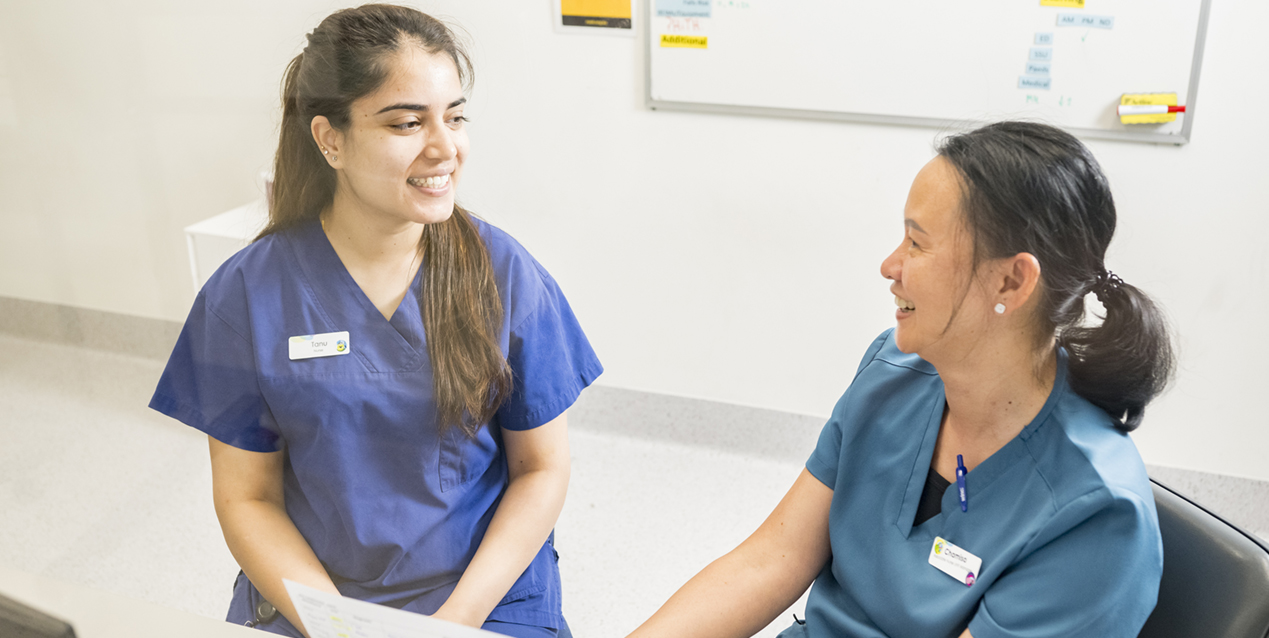News Release
CPD
Education
Nurses
Midwives
registration
Tips on achieving mandatory continuous practice development
21 June 2024Continuous Practice Development (CPD) is a crucial aspect of professional practice for nurses and midwives in Australia. CPD ensures that healthcare professionals maintain and enhance their knowledge, skills, and competencies throughout their careers.
This commitment to lifelong learning is essential for providing high-quality care and maintaining public trust. Here’s an in-depth look at what is involved in CPD, what is mandatory for maintaining registration, and how nurses and midwives can effectively achieve their CPD requirements.
What is Continuous Practice Development?
Continuous Practice Development involves engaging in various educational activities that contribute to professional growth and competency. These activities can be formal or informal and are aimed at ensuring that nurses and midwives remain up-to-date with the latest advancements in healthcare.
Mandatory requirements for maintaining registration
To maintain registration with the Nursing and Midwifery Board of Australia (NMBA), nurses and midwives must fulfill specific CPD requirements annually. These requirements are outlined in the NMBA’s Registration Standards and include:
Nurses: Must complete a minimum of 20 hours of CPD per year.
Midwives: Must also complete a minimum of 20 hours of CPD per year.
Dual Registration: For those registered as both a nurse and a midwife, at least 20 hours of CPD relevant to both professions is required.
Relevance to practice:
CPD activities must be relevant to the individual’s context of practice. This ensures that the learning is directly applicable to their daily work.
Reflection:
Reflection on CPD activities is mandatory. Nurses and midwives must consider how each activity has contributed to their professional development and improved patient care.
Documentation:
It’s important to maintain a detailed record of all CPD activities, including dates, hours, descriptions, and reflections on how each activity improved practice.
Many professionals keep a CPD portfolio, which is a compilation of certificates, attendance records, and reflective notes.
Key components of CPD:
There are a number of activities nurses and midwives can do to main their CPD hours Here are a few examples:
Educational activities:
Workshops and Seminars: Attending professional workshops and seminars relevant to nursing and midwifery, and place of practice.
Online Courses and Webinars: Participating in online learning opportunities that offer flexibility and a wide range of topics.
Conferences: Engaging in national and international conferences to network and learn about global practices.
Practical experience:
Clinical Practice: Gaining hands-on experience in various healthcare settings.
Simulation Training: Participating in simulation exercises to enhance practical skills.
Self-directed learning:
Reading Journals such as the ANMJ and research articles: Staying updated with the latest research findings.
Reflective Practice: Reflecting on personal clinical experiences to identify learning needs and areas for improvement.
Teaching and Mentoring:
Providing Education: Teaching or mentoring junior colleagues or students.
Peer Review: Participating in peer review processes to contribute to the professional development of others.
As mentioned, nurses and midwives need to reflect on every activity they undertake.
To effectively achieve CPD goals, nurses and midwives can follow these strategies:
Planning:
Annual CPD Plan: Develop a yearly plan outlining intended CPD activities. This helps in managing time and ensuring a balanced approach to professional development.
Utilise available resources:
Branches of the Australian Nursing and Midwifery Federation (ANMF) offer CPD opportunities and support.
Employer Support: Leverage employer-provided training programs and study leave entitlements.
Stay organised:
Regular Updates: Regularly update CPD records and portfolios to avoid last-minute scrambles.
Set Reminders: Use reminders for important CPD deadlines and registration renewal dates.
Engage with peers:
Peer Learning: Collaborate with colleagues to share knowledge and resources.
Discussion Groups:
Participate in or form discussion groups to review recent developments and case studies.
Further information about CPD requirements can also be found on the NMBA website at https://www.nursingmidwiferyboard.gov.au/Registration-Standards/Continuing-professional-development.aspx
Contact your State and Territory Branch for information regarding CPD programs for members.
Stay up to date
Sign up to the ANMF website for national updates, campaigns and educational opportunities. We promise not to inundate your mailbox!




